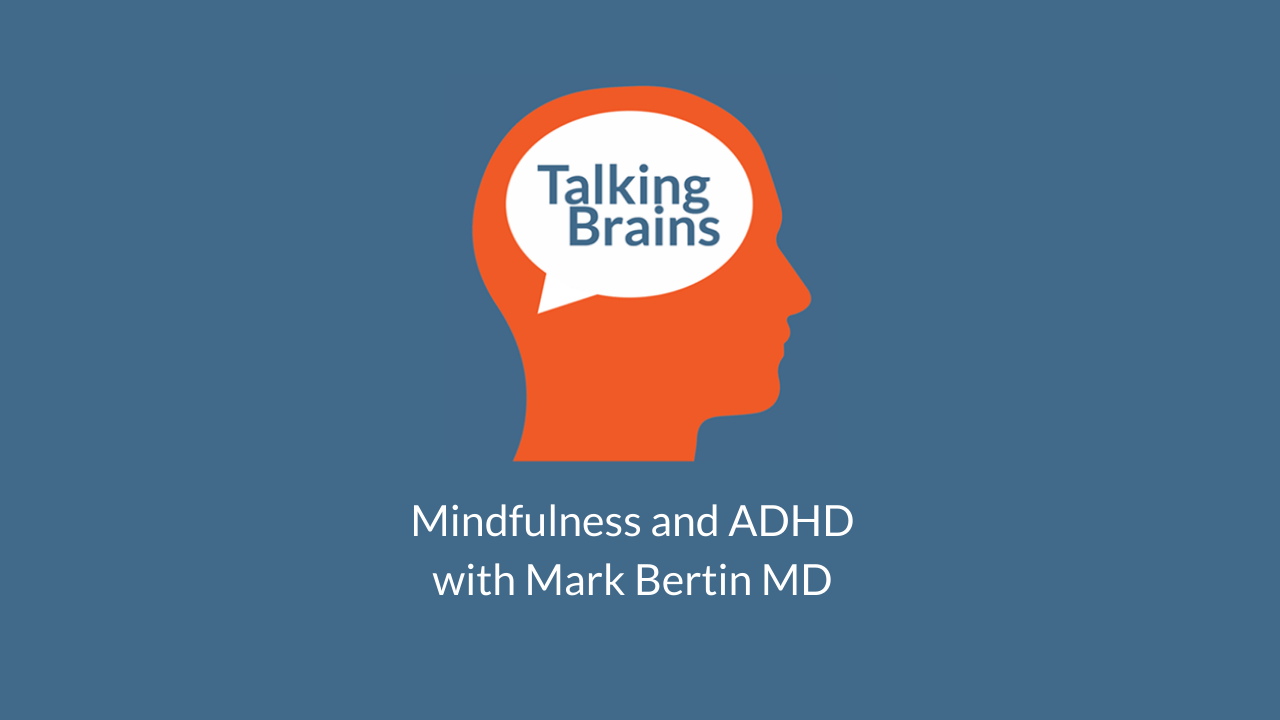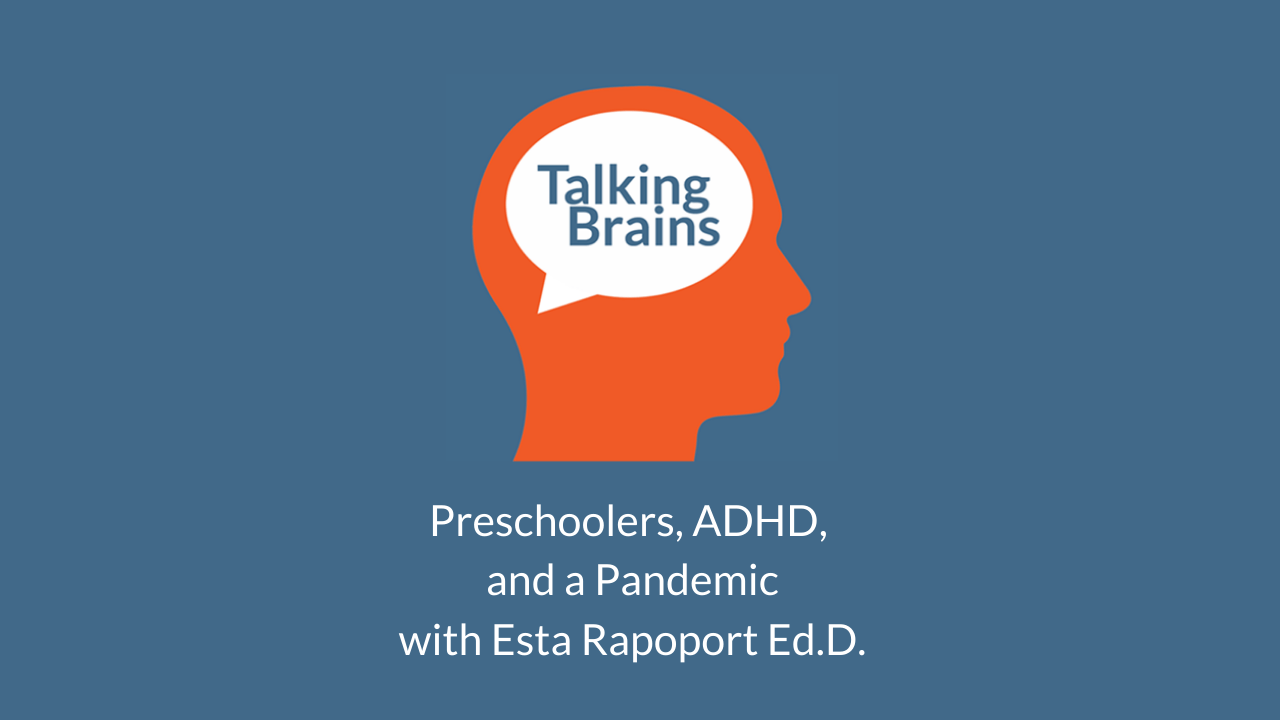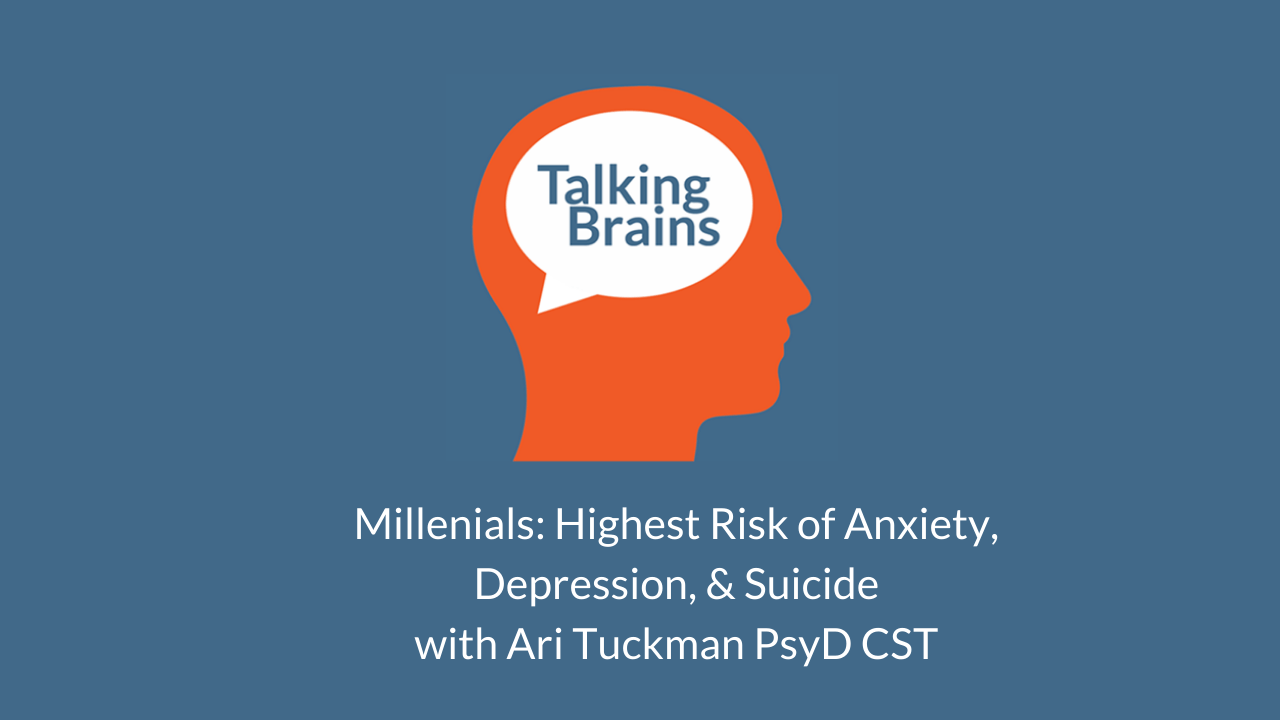ADHD adults and a control group were evaluated with a virtual driving simulator. The simulator gave subjects a high-stimulus driving situation and a low-stimulus driving situation, with two periods of monotony. The study found that adults with ADHD were more likely than controls to have a collision with an obstacle during a driving simulation. They were specifically more likely to have a collision in a monotonous low-stimulus environment.
This means that if you have ADHD and your drive is boring, your inattention kicks in, and you are more likely to have a collision if something runs out into the road.
One part of the driving simulation involved having to avoid a collision with a virtual dog. I think I would need therapy after that one.
Biederman, J. et al. (2007). A laboratory driving simulation for assessment of driving behavior in adults with ADHD: a controlled study. Annals of General Psychiatry, 6(4).
The full article can be found here:
http://www.annals-general-psychiatry.com/content/6/1/4





